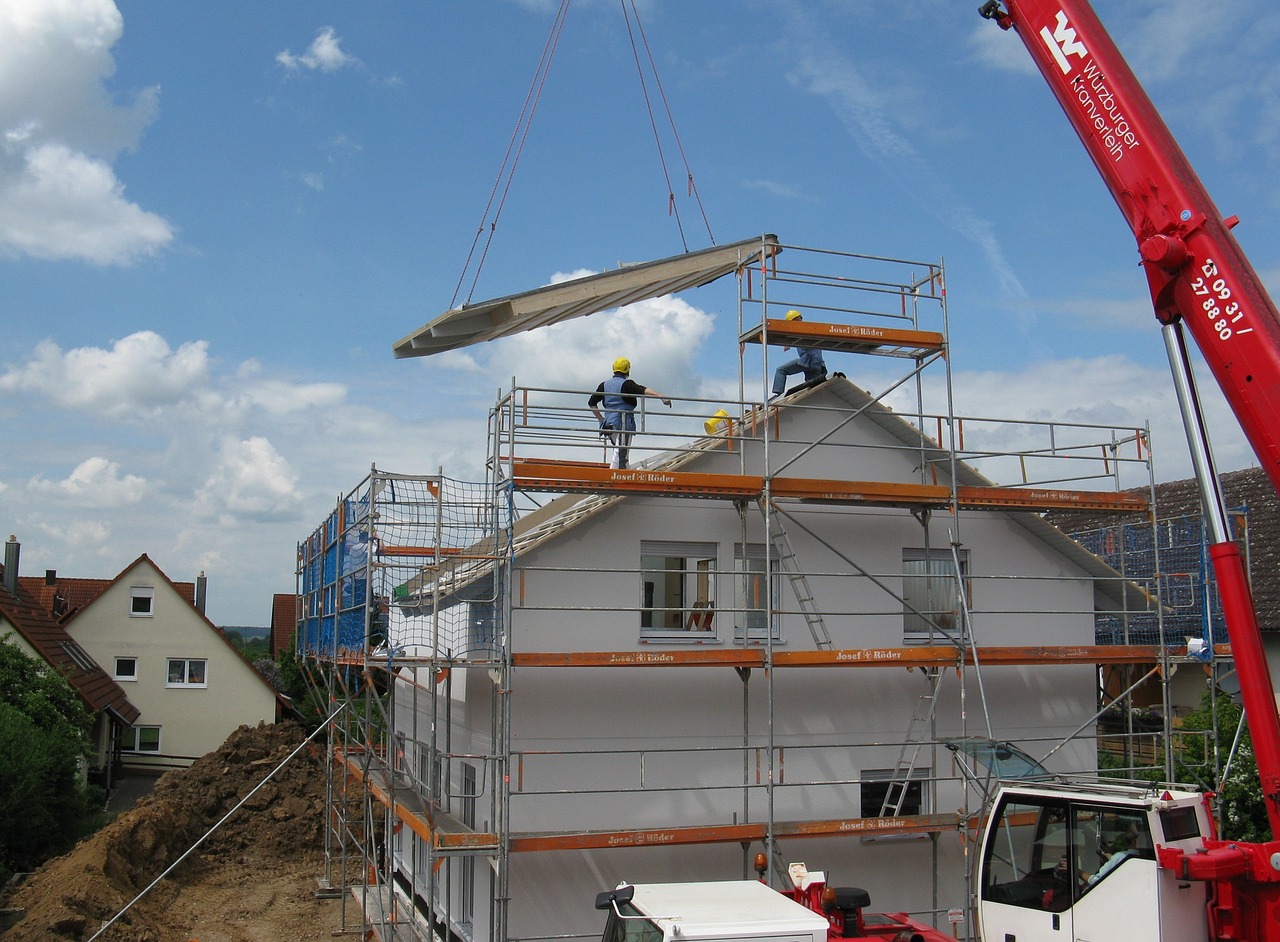As an AI language model, I don’t have personal experiences but here are the advantages and disadvantages of using metal studs in construction:
Advantages:
1. Lightweight: Metal studs are lighter than wooden studs, making them easier to work with and transport on-site.
2. Fire-resistant: Metal studs are fire-resistant, offering a level of safety not found with wooden studs.
3. Durable: Metal studs are durable, which means they are unlikely to warp, split, or rot over time.
4. Easy to install: Metal studs are easy to install, as they can be cut to size using common power tools and fastened together using screws.
5. Cost-effective: Metal studs are often cheaper than wooden studs, making them a more cost-effective option for construction projects.
Disadvantages:
1. Conducts heat and cold: Metal studs conduct heat and cold, making them less energy-efficient than wooden studs.
2. Limited load capacity: Metal studs have lower load capacity than wooden studs, meaning they can’t support as much weight.
3. Requires special screws and tools: Working with metal studs requires special screws and tools, which may not be readily available on-site.
4. Noise: Metal studs can be noisier than wooden studs, creating a potential for sound transmission.
5. Difficult to secure fixtures to: Metal studs may be harder to secure fixtures to, such as cabinets or shelving as compared to wooden studs.
Thus, using metal studs has its advantages and disadvantages, and it largely depends on the specific construction project and its requirements.

